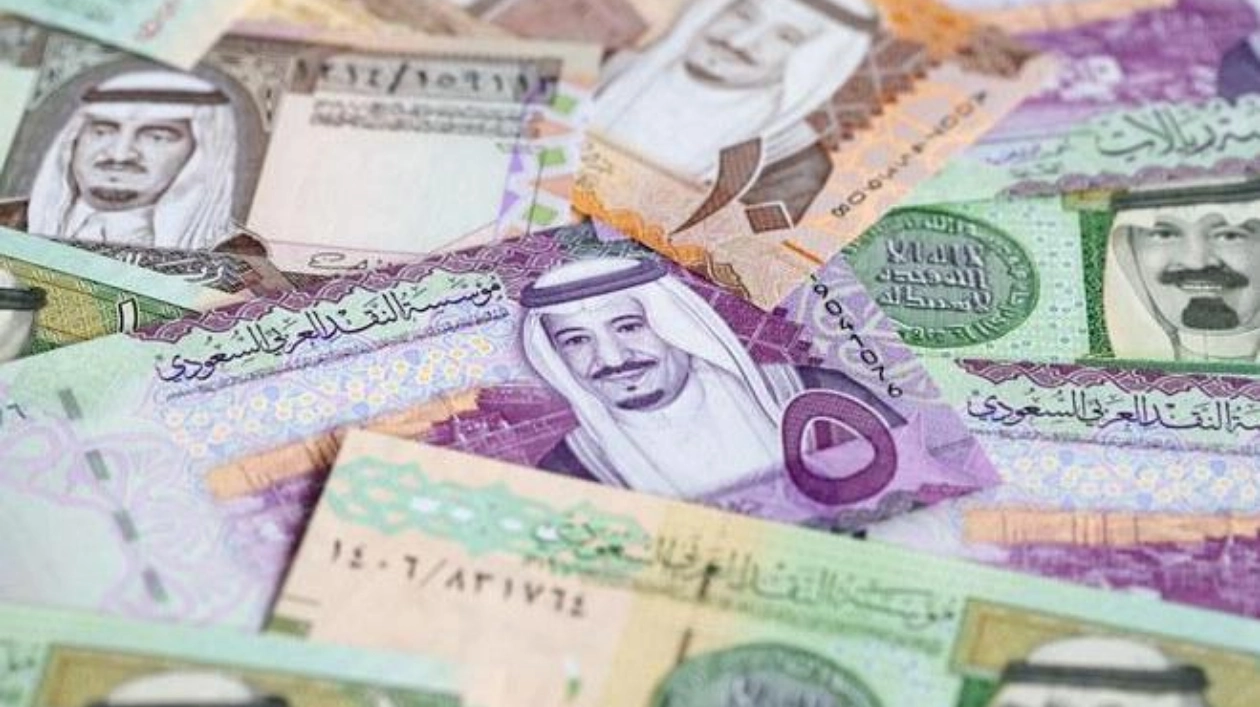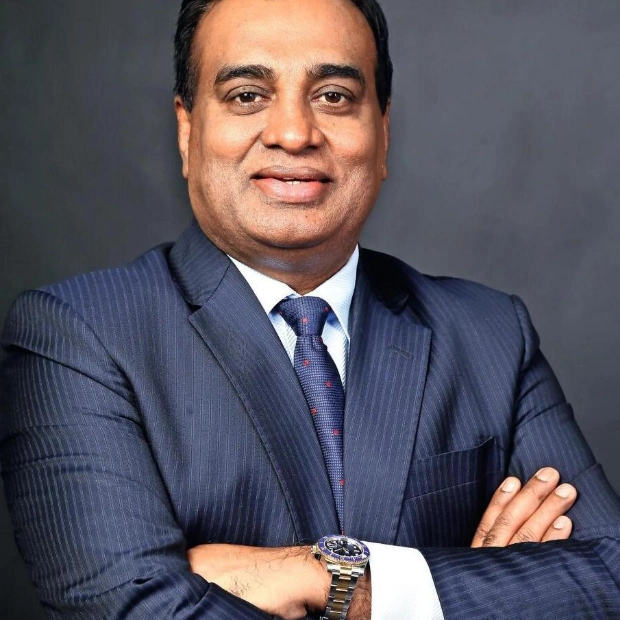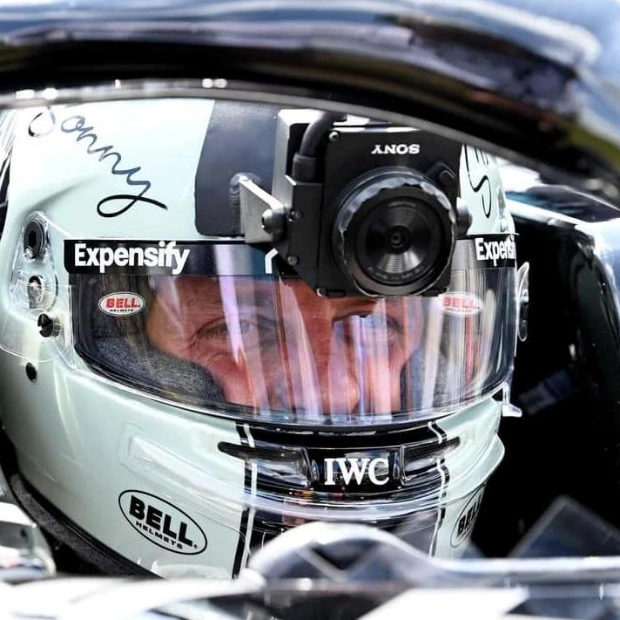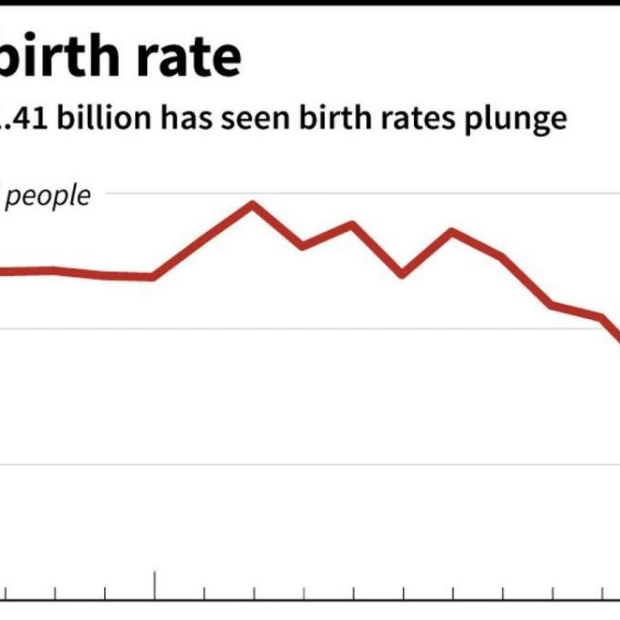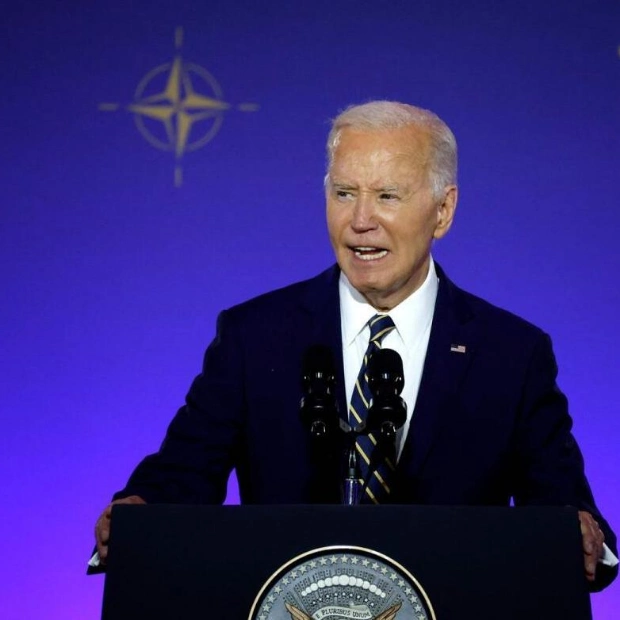RIYADH: Saudi bank loans reached SR2.82 trillion ($753.27 billion) in August, marking an annual growth rate of 12.11 percent — the highest in 18 months, according to recent data.
Figures from the Saudi Central Bank, also known as SAMA, revealed that corporate lending dominated the sector, accounting for around 54 percent, with individual loans making up the remaining portion. Corporate lending grew by 16 percent, outpacing the 7.56 percent growth in personal loans, highlighting the increasing demand for business financing across key sectors.
Real estate activities led corporate lending, constituting 20.1 percent of all business loans and growing by 26.37 percent to reach SR303.48 billion. The wholesale and retail trade sector followed, with 13.3 percent of these loans, totaling SR201.3 billion. Lending to manufacturing came third, making up 11.8 percent, amounting to SR179.1 billion.
Loans to the electricity, gas, and water supply sectors accounted for 11.1 percent of total lending, reaching SR167.66 billion. This category experienced a growth rate of 26.2 percent, nearly matching that of the real estate sector. While professional, scientific, and technical activities represented a small portion of total corporate loans at just 0.6 percent, they posted the highest annual growth rate of 58.83 percent, amounting to SR8.45 billion.
Corporate lending in Saudi Arabia, particularly in the real estate sector, has seen significant growth, driven by the Kingdom’s focus on large-scale projects aligned with Vision 2030. The government’s ongoing commitment to giga-projects such as NEOM, Qiddiya, and the Red Sea Development, alongside sustained public investment in infrastructure, has created heightened demand for financing.
This surge in real estate activities, coupled with solid non-oil GDP growth, reflects a vibrant operating environment for banks, as businesses increasingly seek funding to participate in these transformative developments. In a July report, Fitch Ratings projected that Saudi banks will continue to grow at nearly twice the rate of the GCC average, with financing growth for 2024 expected around 12 percent.
The report also indicated that banks are likely to increase their focus on corporate financing, which is anticipated to account for approximately 60 percent of new loan originations in 2024. Lending growth in Saudi Arabia’s electricity, gas, and water supply sector is fueled by several key factors, with one significant driver being government investment.
The Kingdom prioritizes infrastructure development through its Vision 2030 strategy, resulting in substantial financing for renewable energy projects and utility enhancements. Furthermore, a strong focus on sustainability initiatives encourages funding for projects centered on renewable energy sources such as solar and wind, facilitating the transition to a more sustainable landscape.
Population growth and urbanization further fuel demand for expanded utility services. The increasing need for electricity, gas, and water in urban areas necessitates substantial investments, prompting utilities to seek financing for infrastructure upgrades. Moreover, regulatory support from the government enhances the lending environment through policies that encourage efficiency and reliability in utilities, making banks more inclined to finance projects in this sector.
As the Saudi economy diversifies away from oil dependency, investments in utility infrastructure are essential to support industrial and commercial activities, creating additional demand for financing. Additionally, technological advancements in energy production, distribution, and water management encourage utilities to invest in innovative solutions, prompting financial institutions to fund projects that incorporate cutting-edge technologies.
Saudi banks robust financing growth has intensified competition for liquidity, particularly in the context of a high-interest-rate environment that has mirrored increases set by the US Federal Reserve over the past 2 years. As interest rates rise, there has been a notable influx of savings deposits, particularly from government-related entities.
While this trend underscores the growing financial strength of these entities, it also poses challenges for banks, as GRE deposits are often more expensive compared to traditional savings and current accounts. In this competitive landscape, the reliance on these higher-cost deposits can squeeze profit margins. However, despite these challenges, Fitch Ratings estimates that Saudi banks will maintain a stable average net financing margin of approximately 3.2 percent, as seen from 2022 to the first quarter of 2024.
This resilience reflects the banks’ effective management of funding costs, allowing them to navigate the shifting deposit landscape while still capitalizing on the opportunities presented by the strong financing growth within the kingdom. In September, Saudi Arabia reduced its benchmark interest rate from 6 percent to 5.5 percent, following a 50-basis-point cut by the central bank, aligning with a similar move by the Federal Reserve.
The decrease is expected to further stimulate Saudi Arabia’s non-oil sectors, particularly construction and services, by making credit cheaper and enhancing domestic spending. Analysts believe this monetary easing could support Vision 2030, driving investment in infrastructure and innovation while potentially benefiting the real estate market.
Source link: https://www.arabnews.com
